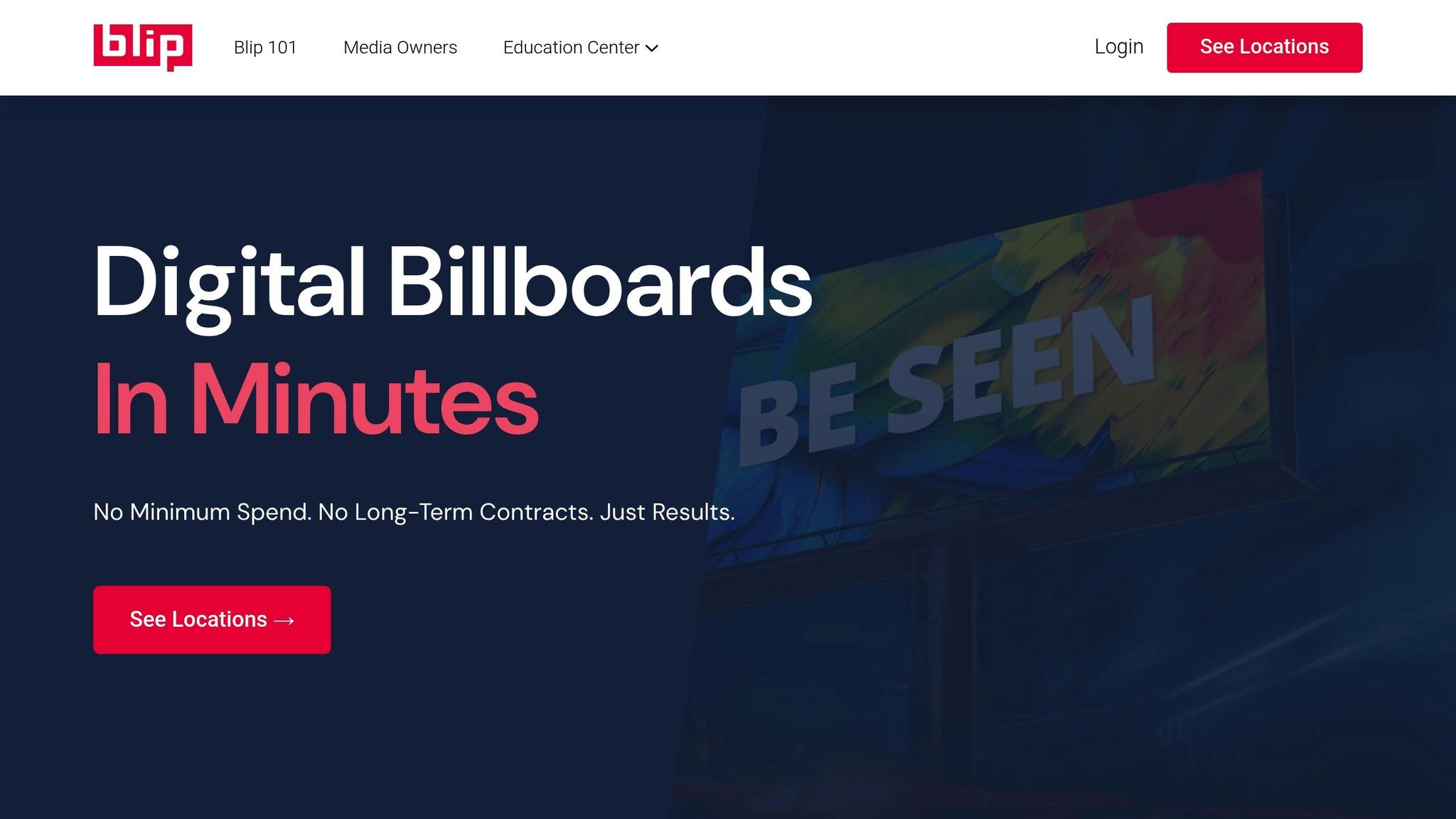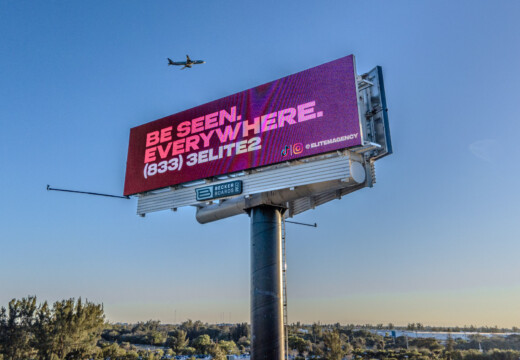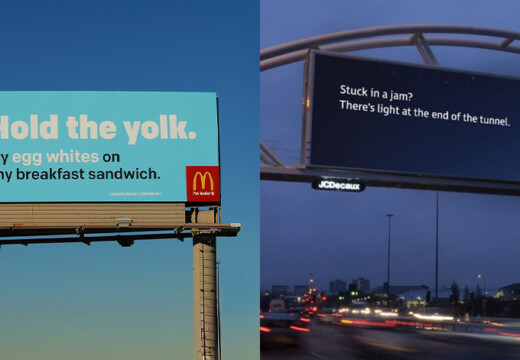Cross-device segmentation is changing billboard advertising. It connects data from mobile devices, desktops, and in-store interactions to create detailed audience profiles. This helps advertisers target the right people, choose better billboard locations, and measure campaign success more accurately.
Key Takeaways:
- Smarter Location Targeting: Use real-time movement data to pick the best billboard spots based on commute patterns and high-traffic areas.
- Tailored Messaging: Adjust ads for specific times, weather, or local events to make them more relevant.
- Better Performance Tracking: Measure foot traffic, conversions, and ROI with precise cross-device data.
Platforms like Blip make it easy to launch campaigns starting at $20/day, offering tools for budget control, analytics, and real-time adjustments. This approach ensures your billboard ads reach the right audience while staying cost-effective.
The BEST Facebook Ads Campaign Structure for 2025
Cross-Device Audience Segmentation Basics
Cross-device segmentation brings together user identities from mobile devices, desktops, and even in-store interactions. It does this through a mix of deterministic (exact matches) and probabilistic (data-based predictions) techniques. The result? A detailed audience profile that can power targeted billboard campaigns with precision.
Now, let’s dive into how cross-device data can be connected to digital billboards for smarter targeting and measurement.
sbb-itb-2e2e93f
Solving Billboard Ad Problems with Cross-Device Data
Cross-device data addresses key challenges in billboard advertising: placement, messaging, and measurement. By using audience profiles gathered across multiple devices, advertisers can fine-tune every aspect of their campaigns.
Smarter Location Targeting
Cross-device segmentation transforms how billboard locations are chosen by analyzing real-time movement patterns. This goes beyond basic traffic counts, offering deeper insights into audience habits and preferences.
Key data for choosing billboard locations includes:
- Daily commute patterns of your target audience
- Time spent in specific areas
- Popular destinations and local hotspots
- High-traffic times for each location
For instance, a fitness brand targeting busy professionals can identify areas near gyms with heavy foot traffic during peak workout times.
Tailored Messaging
With cross-device insights, billboard messages can be adjusted based on audience behavior, making them more relevant and engaging. This includes:
- Time-specific messages aligned with daily routines
- Weather-based updates to match current conditions
- Local event-specific ads to connect with community happenings
- Creative variations tailored to different demographics
For example, a restaurant might promote breakfast deals during morning commutes and switch to dinner specials in the evening.
Accurate Performance Tracking
Measuring billboard success used to rely on estimates and manual observations. Cross-device data changes this by offering precise metrics, such as:
- Foot traffic attribution for specific billboards
- Cross-channel impact to see how billboards influence other platforms
- Engagement metrics like interaction rates
- Conversion tracking across both online and offline channels
- Brand lift analysis to gauge awareness improvements
- ROI calculations for better budget allocation
This data allows advertisers to track results, refine strategies, and make informed decisions about future campaigns.
Next, we’ll explore how Blip uses these tools to power self-serve billboard campaigns.
Using Blip for Cross-Device Campaigns

Here’s how Blip takes its cross-device capabilities and puts them into action.
Budget Control and Campaign Setup
Blip operates on a pay-per-play model starting at $20 per day, with no contracts required. You only pay when your ads are displayed, making it a low-risk option for quick testing. The platform uses real-time bidding, which updates every ten minutes to ensure pricing stays competitive based on demand and location performance.
"Billboards are one of the most impactful ways to advertise, and with Blip, you spend a fraction of what you would end up paying elsewhere." – Ray Bowens, Founder of Hashtag-Vape
Setting up a campaign is straightforward and involves just four steps:
- Create an account and set your daily budget.
- Pick billboard locations using Blip’s interactive marketplace.
- Upload your creative assets, following Blip’s design guidelines.
- Submit for review – Blip completes an initial check in about 90 minutes, followed by owner approval in 1–3 days.
Once your campaign is live, Blip’s analytics dashboard provides tools to optimize your performance.
Performance Analytics
Blip’s dashboard tracks key metrics like daily impressions and CPM for each location. This data helps refine your targeting and identify the best-performing billboards for your campaign.
"Working with Blip has given Mr. Charlie’s the momentum to get our new location on the map while accelerating growth for our original location." – Paul Willey, Owner of Mr. Charlie’s Chicken Fingers
Blip also offers step-by-step guides and video tutorials to help you get started quickly and ensure your ads meet visibility standards.
Conclusion: Next Steps in Billboard Advertising
Blip’s self-serve platform connects cross-device insights with your advertising efforts, making it easier to reach the right audience at the right moment. Get started for free, explore thousands of digital billboards across the U.S., and launch campaigns starting at just $20 per day. With no contracts, real-time bidding every 10 minutes, and instant analytics, you can fine-tune your ad placement, messaging, and performance tracking effortlessly. Watch your outdoor ads deliver results.


